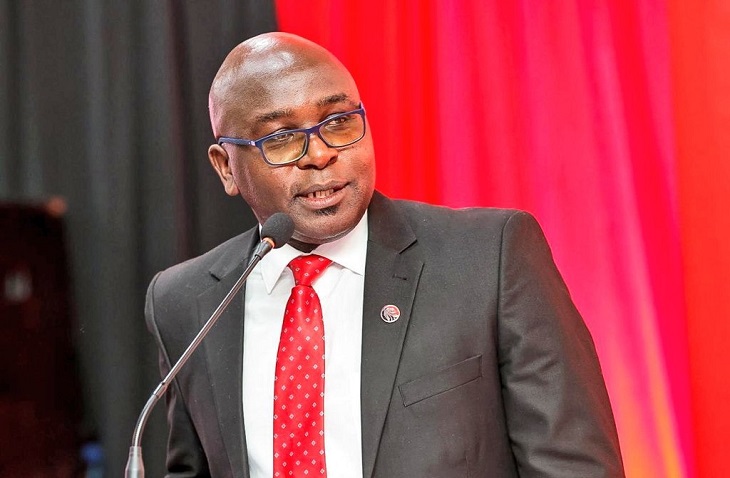The Kenyan private sector economy continued to run in contraction territory in March, the latest survey data showed, as business activity and new orders decreased for the second month running amid rising prices and cash flow problems.
However, the rate of declines lessened somewhat from the initial downturn in February, while businesses signaled renewed uplifts in employment and purchasing.
Nevertheless, inflationary pressures underlying the deterioration in economic conditions remained exceedingly sharp, with around 30 percent of businesses reporting an uptick in purchase prices linked to problems accessing US dollars and a worsening of exchange rates.
The latest increase in costs sent output price inflation to a five-month high, while related mentions of imported goods shortages led firms to seek safety stockpiles.
The headline figure derived from the survey is the Purchasing Managers’ Index™ (PMI). Readings above 50.0 signal an improvement in business conditions in the previous month, while readings below 50.0 show a deterioration.
At 49.2 in March, the headline index signaled a slight deterioration in business conditions at the end of the first quarter of the year and the second monthly contraction in a row.
However, the rate of deterioration lessened notably from February, when the index dropped to a six-month low of 46.6. The softer decline in business conditions reflected weaker falls in both output and new orders during March.
While many respondents continued to see demand fall due to high prices and a lack of money in circulation, others saw a recovery in customer orders, particularly from abroad. Sector data signaled that the latest contractions in output and sales were centered on wholesale & retail companies.
By contrast, manufacturing, agriculture, construction, and services recorded expansions in both metrics. At the same time, the latest data signaled renewed rises in employment and purchasing in March, although growth in both cases was only mild.
The rise in purchasing reflected some efforts to build inventories of inputs, as firms reported that difficulties accessing US dollars had led to a shortage of commodities and longer delivery times. Weakness in the Kenyan shilling against the US dollar meanwhile drove another marked increase in purchasing costs.
Around 30 percent of firms saw purchase prices rise since February, with increased taxes and fuel prices also cited. Overall cost inflation remained among the highest seen since the survey began in January 2014, leading firms to raise their output prices at the quickest rate in five months.
Finally, while the outlook for future business activity dropped to a three-month low in March, it remained strong and above the level seen throughout much of 2022. Firms often commented on plans to open new branches and increase capacity over the coming year, amid hopes that demand will begin to recover.












